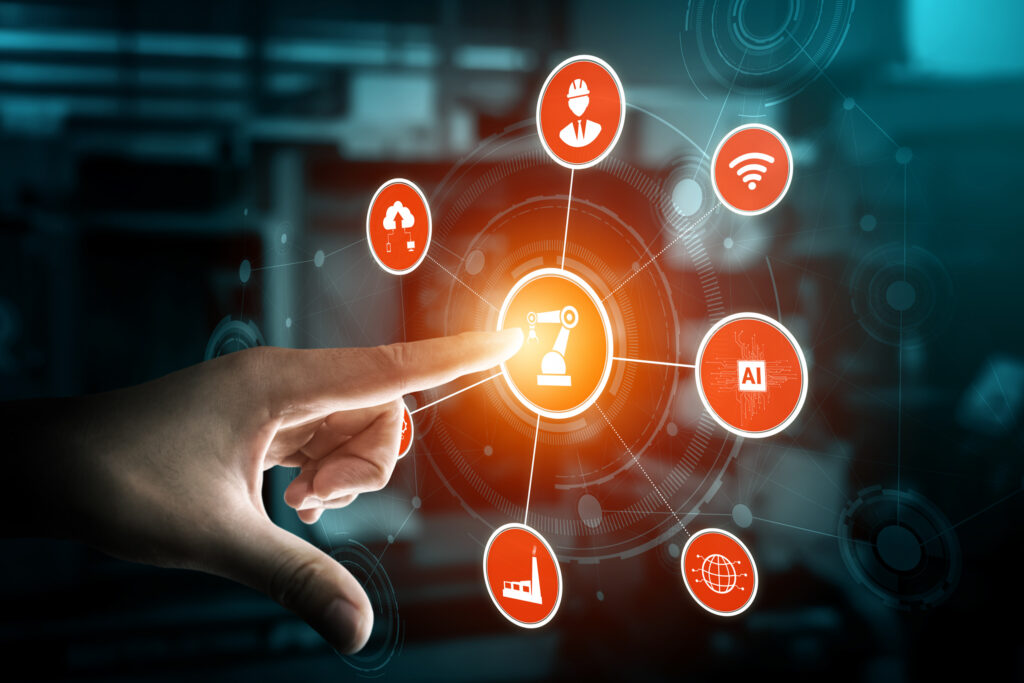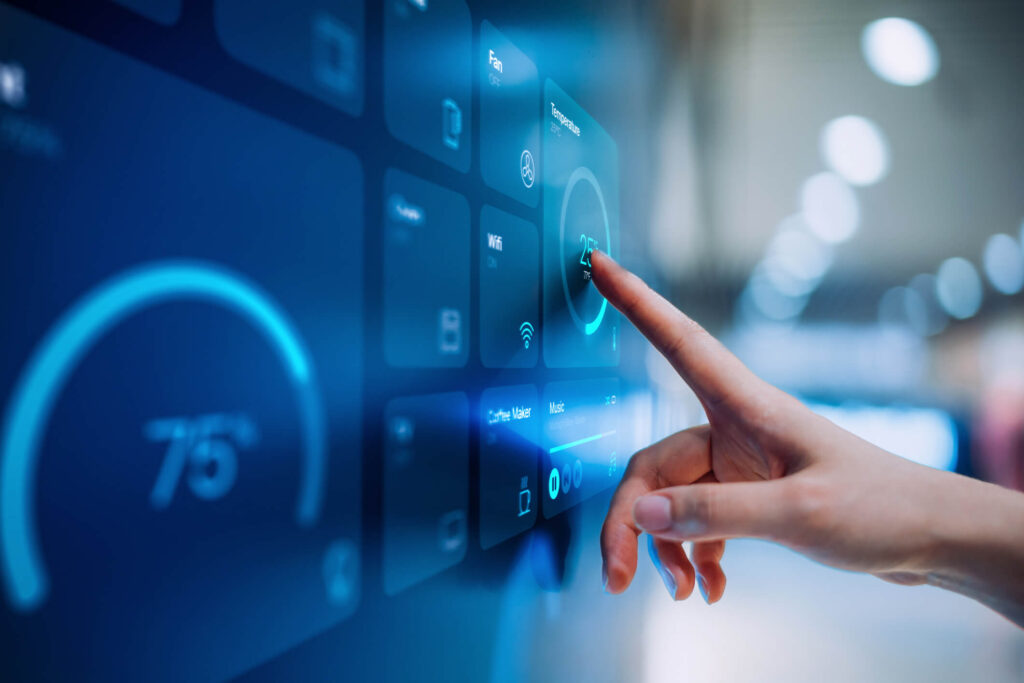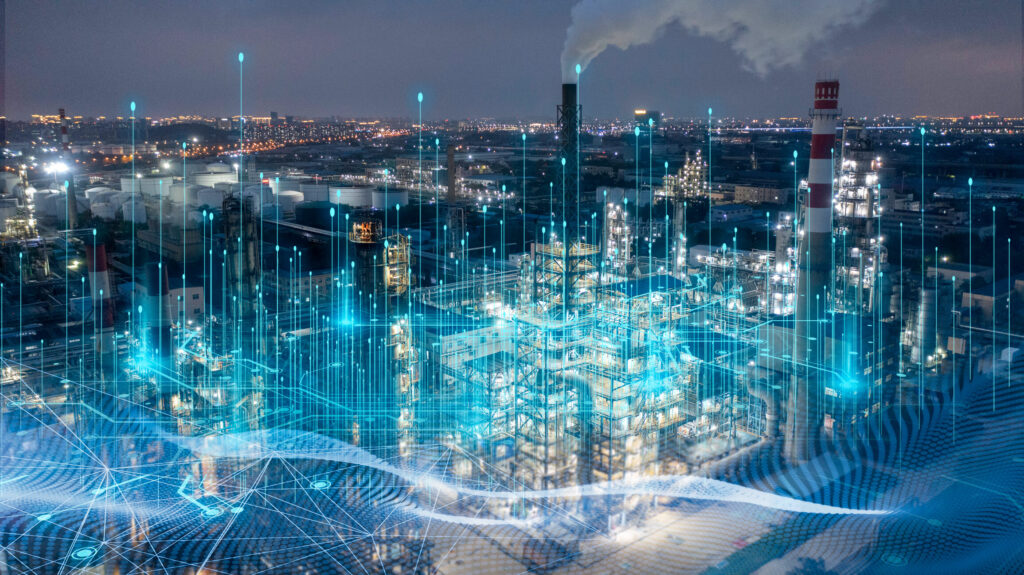With sensors, technology becomes more than just hardware—it becomes aware, intelligent, and attuned to the world around it.
Sensors have revolutionised electronics projects by enabling real-time data collection from the environment, making devices more responsive and intelligent. Whether it’s in home automation, healthcare, robotics, or weather monitoring, sensors allow electronic systems to gather and process real-world data, adding functionality and efficiency. By integrating sensors into your projects, you can create systems that detect temperature, motion, humidity, and much more—opening the door to endless possibilities.
Global Sensor Market

The estimated size of the global sensor market is projected to increase at a compound annual growth rate (CAGR) of 8.40% from 2023 to 2032, reaching around USD 508.64 billion.
According to Statista, consumers in the market for sensors and actuators are putting more and more demands on products with excellent levels of accuracy, precision, and dependability. They are searching for sensors and actuators that can offer data and feedback in real-time, so they can increase productivity and optimise their operations. The need for sensors and actuators that work with IoT (Internet of Things) technology is also rising since it makes integration and communication with other systems and devices easier. Compact, economical, and energy-efficient goods are highly valued by customers.
“One of the key trends in the Sensors & Actuators market is the increasing adoption of sensors and actuators in the automotive industry. With the rise of electric vehicles and autonomous driving technology, there is a growing need for sensors and actuators that can accurately measure and control various parameters such as temperature, pressure, and position.”
Sensors & Actuators – Worldwide, Statista
10 Types of Sensors and Their Applications
There are countless types of sensors, each tailored to specific environmental factors or user needs. Here’s a brief overview of the most common ones:
1. Temperature Sensors
Temperature sensors sense environmental temperature fluctuations and convert heat into electrical signals; they are often utilised in industrial controls, weather monitoring, and HVAC systems.
Temperature sensor types:
- Thermistor – resistance changes with temperature, commonly used in HVAC systems.
- Thermocouple – measures temperature through the voltage difference between two different metals.
- LM35 – a precision integrated-circuit temperature sensor with an analogue output proportional to temperature.
2. Humidity Sensors
Humidity sensors measure the amount of moisture in the air, giving crucial information for applications such as weather forecasting, agriculture, and climate management.
Humidity sensor types:
- Capacitive humidity sensor – measures the change in capacitance caused by the humidity of the air.
- Resistive humidity sensor – detects humidity through changes in electrical resistance.
3. Pressure Sensors
Pressure sensors calculate the force that liquids or gases apply. They are crucial components of industrial machinery, weather stations, and automobile systems.
Common types:
Pressure sensor types:
- Barometric pressure sensors – measure atmospheric pressure and are often used in weather stations.
- Piezoelectric pressure sensors – generate an electrical charge in response to applied pressure.
4. Motion Sensors
Motion sensors, which are frequently used in robots, smartphones, and security systems, detect physical movement or positional changes.
Motion sensor types:
- Passive Infrared (PIR) – detects infrared light emitted by warm objects commonly used in security systems.
- Ultrasonic sensor – measures distance by sending ultrasonic waves and calculating the time it takes for the waves to reflect back.
- Accelerometer – detects changes in velocity and orientation, commonly used in smartphones and wearables.
5. Touch Sensors

Touch sensors detect physical contact or pressure and are often used in touchscreens and interactive devices like smartphones and tablets.
Touch sensor types:
- Capacitive touch sensor – detects touch by measuring changes in capacitance, commonly used in touchscreens.
- Resistive touch sensor – responds to pressure and is used in older touch devices.
6. Proximity Sensors
Proximity sensors, which are frequently used in automation systems and touchless interfaces, sense the presence or absence of an object without making physical contact.
Proximity sensor types:
- Capacitive proximity sensor – detects the presence of objects without physical contact by measuring changes in capacitance.
- Inductive proximity sensor – detects metallic objects using electromagnetic fields.
7. Light Sensors
Light sensors are used in autonomous lighting systems, photography, and smartphone brightness control to assess light intensity.
Light sensor types:
- Photodiode – converts light into an electrical current, used in light detection applications.
- Photoresistor (LDR) – resistance decreases with increasing light intensity, often used in automatic lighting systems.
8. Gas Sensors
Gas sensors and smoke detectors are essential for industrial applications, environmental monitoring, safety systems, and the detection of certain gases or contaminants.
Gas sensor types:
- MQ Series (MQ-2, MQ-7) – detect specific gases like methane, carbon monoxide, or smoke. An example of the MQ sensors is the MQ-9B Semiconductor Sensor for Carbon Monoxide that can detect carbon monoxide (1.5V) by method of cycle high and low temperature.
- Electrochemical gas sensor – measures the concentration of gas by generating a current proportional to the amount of gas.
9. Level Sensors
Level sensors are widely used in water management, fuel monitoring, and industrial operations to measure the level of liquids or solids in a container.
Level sensor types:
- Ultrasonic level sensor – measures the level of a liquid or solid by sending sound waves and calculating the return time.
- Capacitive level sensor – detects changes in capacitance to determine the level of materials in a container.
10. Infrared Sensors
Infrared sensors are utilised in remote controls, motion detection, temperature monitoring, and other applications where they are able to detect light or heat in the infrared spectrum.
Infrared sensor types:
- Active infrared sensor – emits and detects infrared radiation to measure distance or presence.
- Thermal infrared sensor – detects heat energy in the form of infrared radiation.
Sensors in the IoT Era

Over the past decade, the proliferation of IoT sensors, devices used to gather and transmit data over the internet, has been fueled by advancements in wireless technology, big data, and cloud computing. IoT sensors enable real-time monitoring and control of systems and processes, and they play a crucial role in the larger Internet of Things ecosystem, which enables physical items to exchange data, automate tasks, and initiate activities with central systems and one another. Also, thanks to advancements in energy efficiency, miniaturisation and wireless data transmission, sensors may now provide individuals and companies with previously unattainable levels of insight into their surroundings.
A growing need for automation, real-time monitoring, and increased efficiency has propelled the exponential growth of the IoT sensor industry. According to estimates, by 2025, there will be over 43 billion devices connected to the internet, many of which will be driven by IoT sensors.
Conclusion
Technology that has sensors added to it becomes more than just hardware; it gains awareness, intelligence, and responsiveness to its surroundings. As sensor technology develops, sectors including manufacturing, healthcare, and automotive are able to achieve new heights of sustainability, safety, and efficiency. IoT sensors have a bright future ahead of them, full of revolutionary solutions and better systems worldwide.










